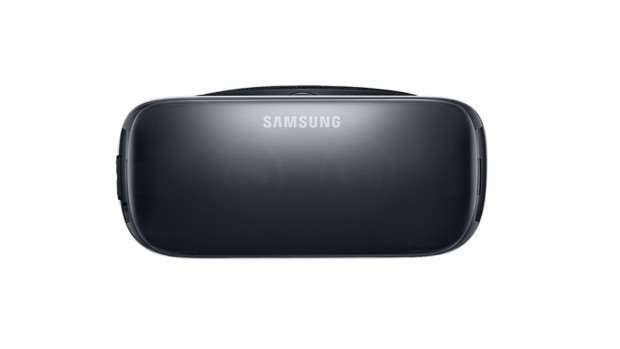Like it or not, we're in the midst of a virtual reality revolution. Largely thanks to the Oculus Rift, VR technology has captured the imagination of the public much like it did many years ago – but this time we possess the technical expertise and manufacturer-backing to make it a viable form of entertainment. The only issue? Price.
Ignoring the basic Google Cardboard, most of the AR or VR offerings are pretty expensive. Sony's PlayStation VR is set to cost £350 ($750), plus a PS4, while the asking price for the HTC Vive could be north of £500 ($1000). Worse still, it's going to cost a massive US$1,500 to achieve the Oculus Rift experience.
The Samsung Gear VR will enter this pricey climate, and could shake up the market entirely. Retailing at a extremely affordable US$99 and coming to the USA this November, the new Samsung Gear VR features all the comforts of expensive headsets, but offers all the mobility and ease of use of Google's Cardboard system. The only catch? As you've probably guessed, it's currently only compatible with Samsung phones.

Features and price
The latest headset is actually a joint project between Samsung and Oculus, and that means it benefits from the latter's wealth of VR experience: “We see virtual reality as the next computing platform, and we are thrilled to partner with Oculus on Gear VR to set the standard for mobile VR and bring this revolutionary product to consumers,” said JK Shin, CEO and president of the IT and Mobile Division at Samsung Electronics.
The Samsung Gear VR isn't the first VR headset from Samsung, but comes in at half the price of the previous Samsung Gear VR Innovator Edition. Although it looks like the previous model on the surface, the new Gear VR features a D-pad on the side for quick navigation between menus.
It's also 22 percent lighter than the previous version, and adds more comfortable materials, making it more suited to longer VR sessions. Like the Google Cardboard, the Gear VR doesn't actually have its own screen, and instead connects to selected Samsung smartphones via micro-USB.

Overall, the Samsung Gear VR seems to bring the refinement of a second generation product with a dramatic price saving – and that means it could take the public market by storm. “We wanted to make sure from a mobile VR perspective that it's intuitive to use,” Tom Harding, immersive products and VR director for Samsung, told Gizmodo.
Unlike the Oculus Rift, that means there'll be very little learning or setup time, and when combined with the low-price point, it's feasible that the Samsung Gear VR could transcend its gaming routes. It's entirely possible that the Gear VR will be the first of many low-cost VR sets used in universities, hospitals and the classroom.
The only thing stopping it will be its inability to pair with other smartphones. While it's understandable that Samsung will use the headset to push sales of its own handsets, it immediately rules out the Gear VR for a large proportion of smartphone owners.
This article originally appeared at alphr.com






_(11).jpg&h=142&w=230&c=1&s=1)



.jpg&w=100&c=1&s=0)
_(8).jpg&w=100&c=1&s=0)









.jpg&q=95&h=298&w=480&c=1&s=1)


